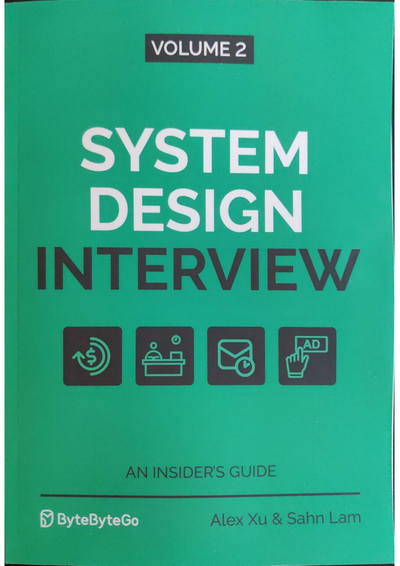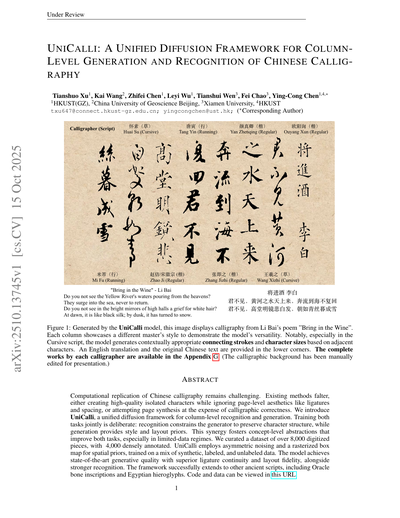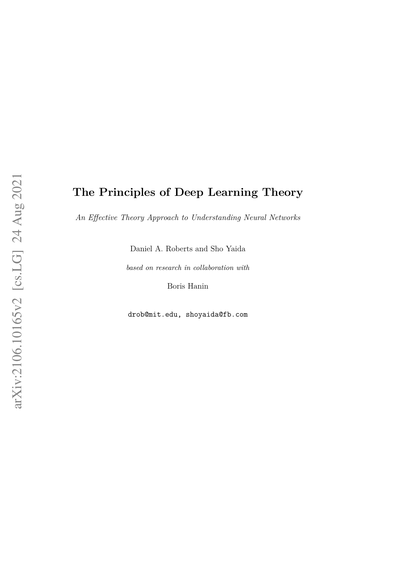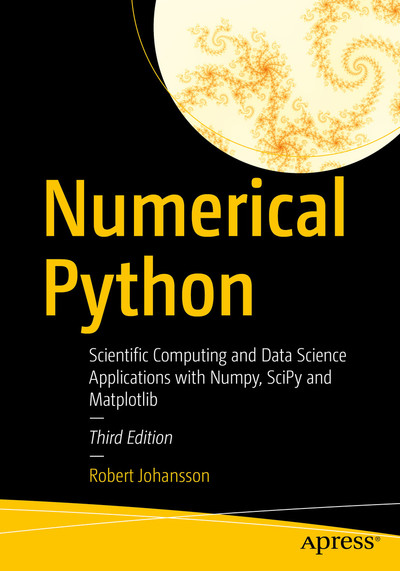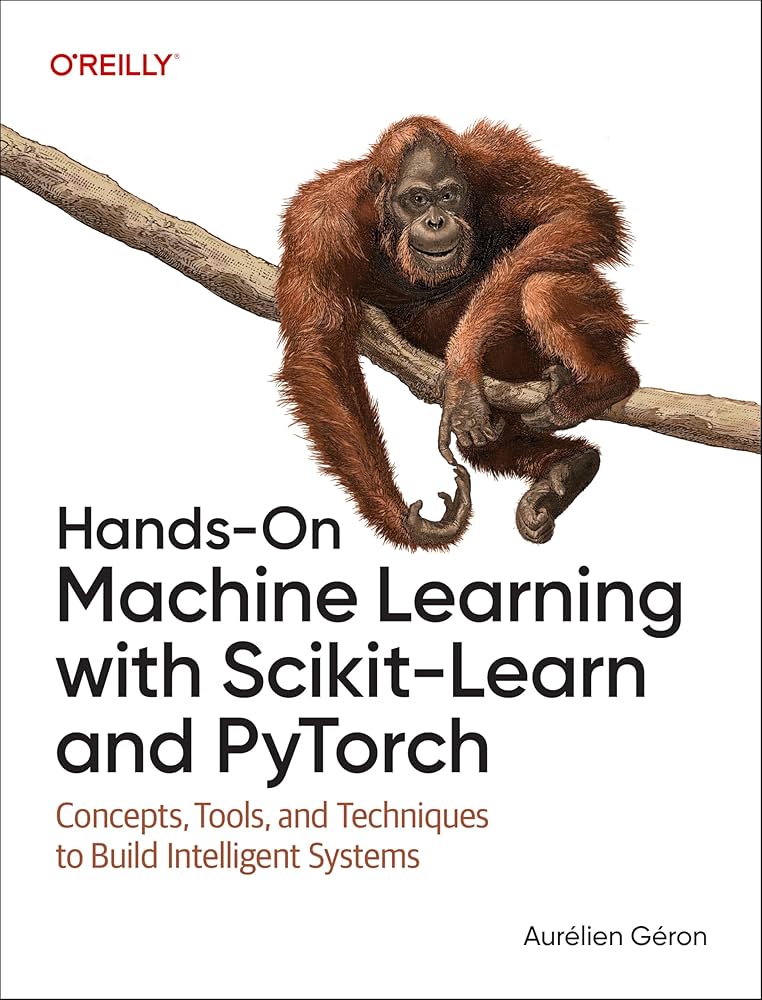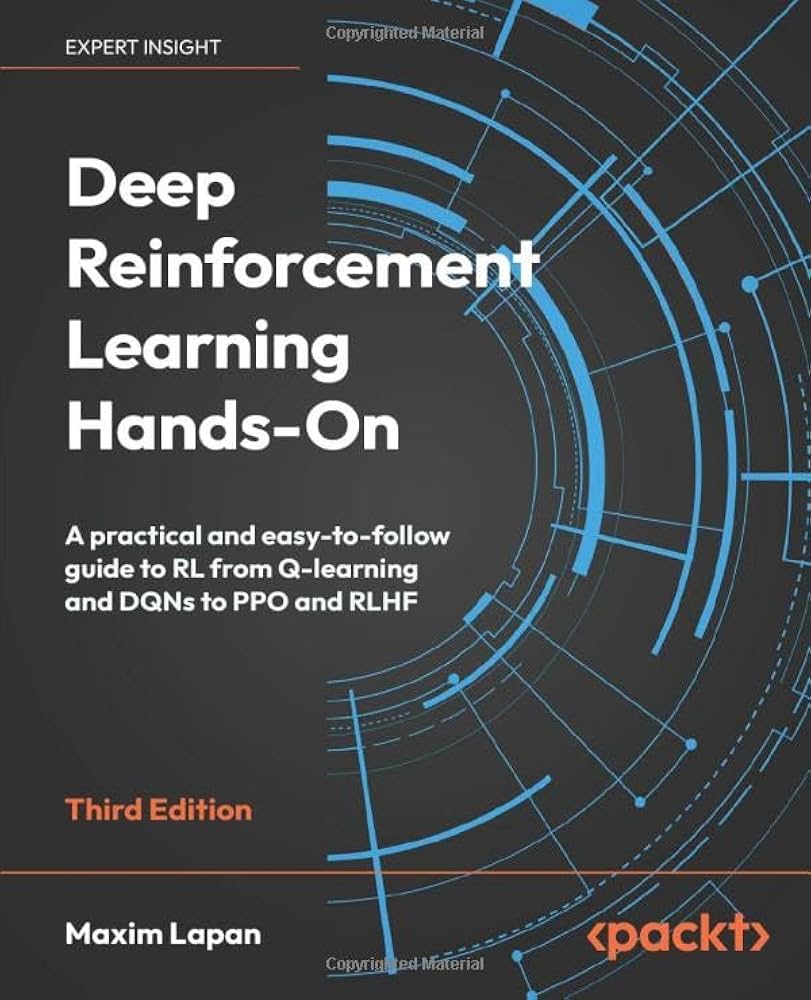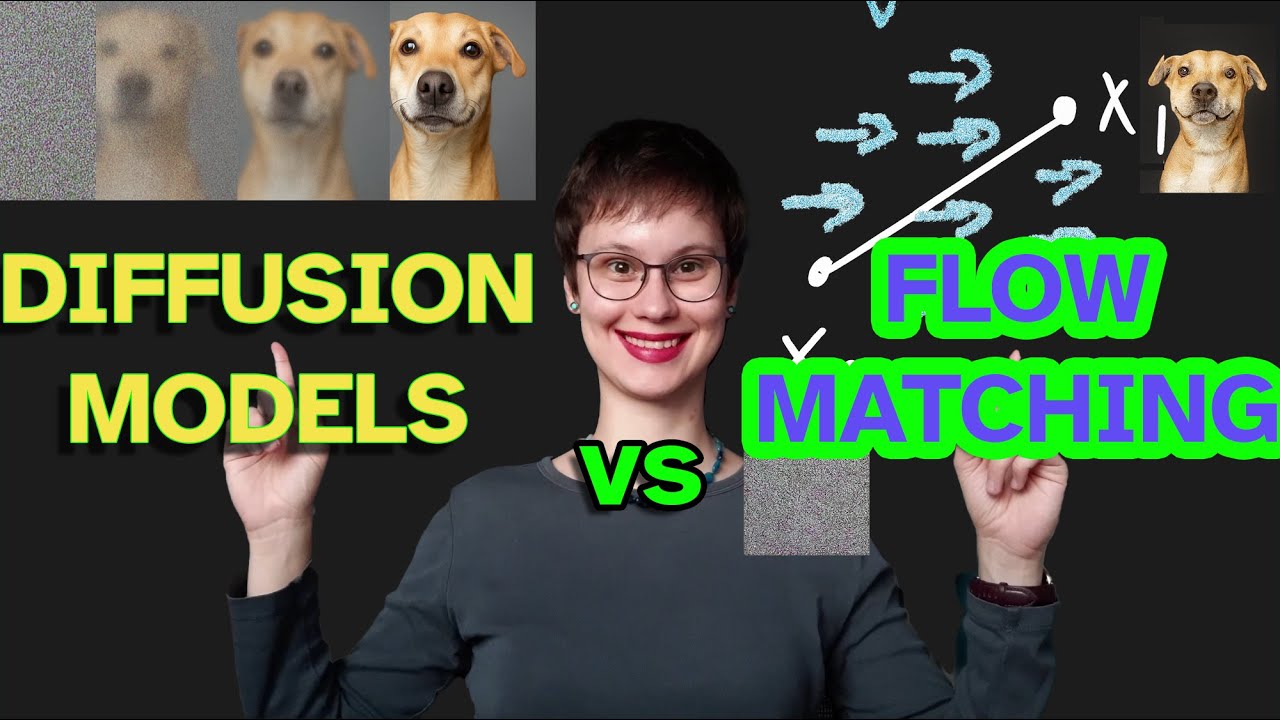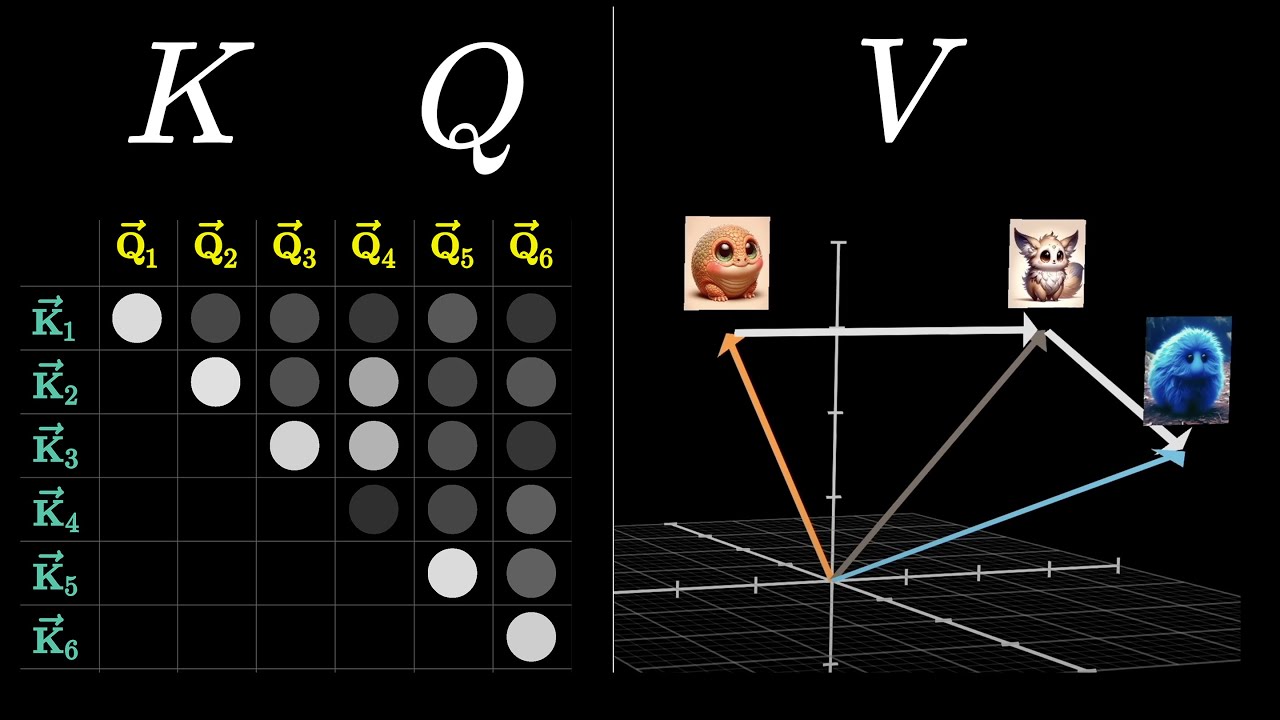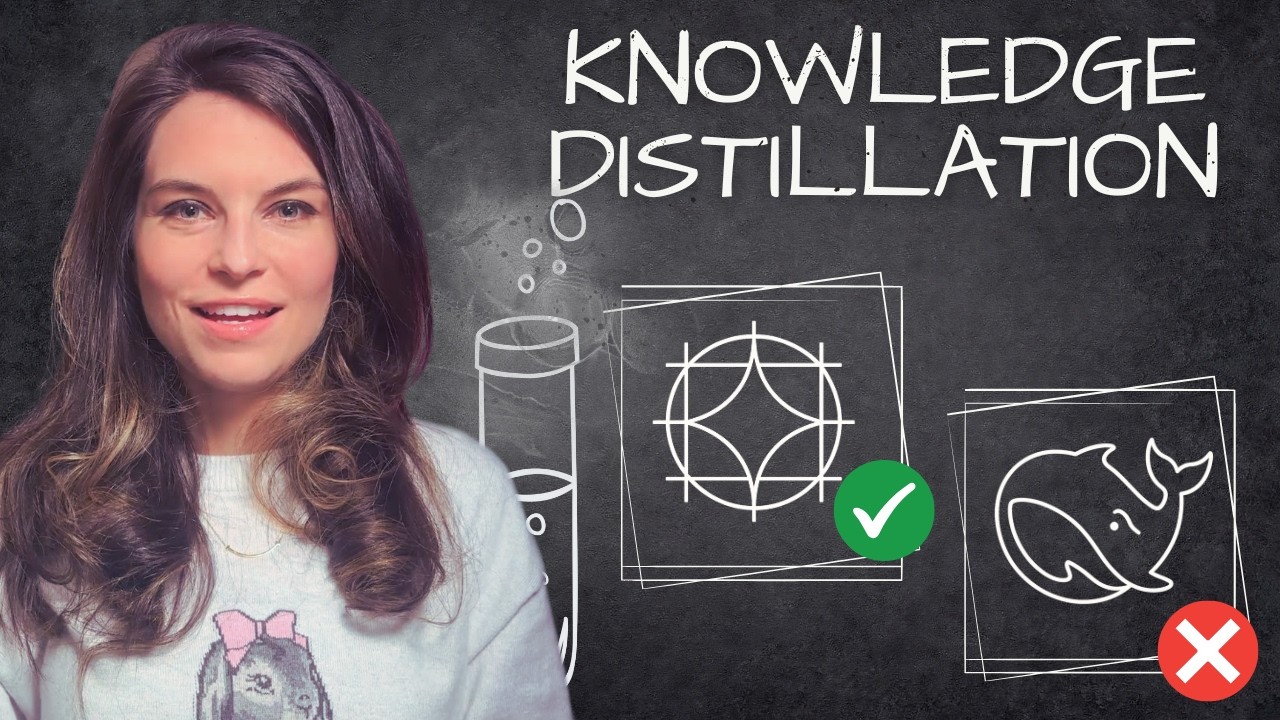
Online Workshop Every Week
Join our free weekly interactive learning sessions.
Master AI/ML with instant feedback and personalized learning
"Cogito, ergo sum" (I think, therefore I am)
— René Descartes

Free Problems
Chapter 16 - Trust Region Methods in Reinforcement Learning
This problem set covers key concepts from Chapter 16 on Trust Region Methods in Deep Reinforcement Learning. You'll explore methods like PPO, TRPO, ACKTR, and SAC that aim to improve policy gradient stability through trust region optimization, KL divergence constraints, and entropy regularization. The problems test your understanding of the mathematical foundations, implementation details, and comparative performance of these advanced RL methods.
29 pts
Medium
99
reinforcement learning
policy gradient methods
trust region methods
+7
Chapter 15 - Continuous Action Space in Reinforcement Learning
This problem set covers key concepts from Chapter 15 on continuous action spaces in reinforcement learning. You'll explore the differences between discrete and continuous action spaces, understand various algorithms for continuous control (A2C, DDPG, D4PG), and analyze their implementations and trade-offs. These problems test your understanding of policy representation, exploration strategies, and algorithm architectures in continuous control problems.
29 pts
Medium
97
reinforcement learning
action spaces
continuous control
+7
Chapter 14 - Web Navigation and Browser Automation with RL
This problem set covers key concepts from Chapter 14 on Web Navigation and Browser Automation using Reinforcement Learning. You'll explore MiniWoB++ benchmark environments, action spaces, observation spaces, and practical challenges in applying RL to web navigation tasks. The problems progress from basic concepts to advanced implementation details.
41 pts
Medium
98
web navigation
reinforcement learning
browser automation
+7
Chapter 13 - TextWorld Environment and RL for Interactive Fiction
This problem set covers key concepts from Chapter 13 on using Reinforcement Learning with the TextWorld environment for text-based interactive fiction games. You'll explore environment setup, NLP preprocessing techniques, DQN architectures for text-based games, and modern approaches using transformers and LLMs. These problems test understanding of RL applications in complex text-based environments with rich observation spaces.
29 pts
Medium
95
reinforcement learning
text world games
interactive fiction
+7
Chapter 12 - Actor-Critic Methods and A2C/A3C
This problem set covers key concepts from Chapter 12 on Actor-Critic methods, including A2C and A3C. These methods combine policy-based and value-based approaches to improve stability and convergence in deep reinforcement learning. The problems test understanding of variance reduction, advantage calculation, network architectures, and parallelization strategies.
28 pts
Medium
101
reinforcement learning
policy gradients
baseline methods
+7
Chapter 11 - Policy Gradients Fundamentals
This problem set covers key concepts from Chapter 11 on Policy Gradients, including the REINFORCE algorithm, policy representation, advantages of policy-based methods, and practical implementation considerations. These problems test understanding of both theoretical foundations and practical applications of policy gradient methods in reinforcement learning.
29 pts
Medium
96
policy gradients
reinforcement learning
discrete actions
+7
Premium Problems
Knowledge Graphs
USA AI Olympiad
Explore competitive programming and AI contest preparation concepts
Grade 5 Math
Discover elementary mathematics concepts and learning paths
Featured PDFs
View All PDFsSystem Design Interview: An Insider's Guide Volume 2
116 questions
348 pts
System Design Interview: An Insider's Guide
108 questions
317 pts
UNICALLI: A UNIFIED DIFFUSION FRAMEWORK FOR COLUMN-LEVEL GENERATION AND RECOGNITION OF CHINESE CALLIGRAPHY
10 questions
38 pts
The Principles of Deep Learning Theory
107 questions
418 pts
Featured Books
View All BooksAcing the System Design Interview
153 questions
456 pts
Numerical Python: Scientific Computing and Data Science Applications with Numpy, SciPy and Matplotlib
190 questions
543 pts
Hands-On Machine Learning with Scikit-Learn and PyTorch
200 questions
554 pts
Deep Reinforcement Learning Hands-On - Third Edition
222 questions
720 pts
Featured Videos
View All VideosFlow-Matching vs Diffusion Models explained side by side
10 questions
29 pts
Attention in transformers, step-by-step | Deep Learning Chapter 6
10 questions
30 pts
Knowledge Distillation: How LLMs train each other
10 questions
27 pts
Diffusion Model
10 questions
32 pts
Popular Topics
machine learning
56
deep learning
40
neural networks
35
reinforcement learning
33
system-design
28
grade5
27
optimization
14
large language models
13
attention mechanisms
13
combinatorics
13
system-architecture
13
natural language processing
12
aime problems
12
Number Sense
12
scalability
11
beginner
10
number theory
10
performance
10
transformers
9
capacity-planning
9
Click on any tag to filter problems by that topic
